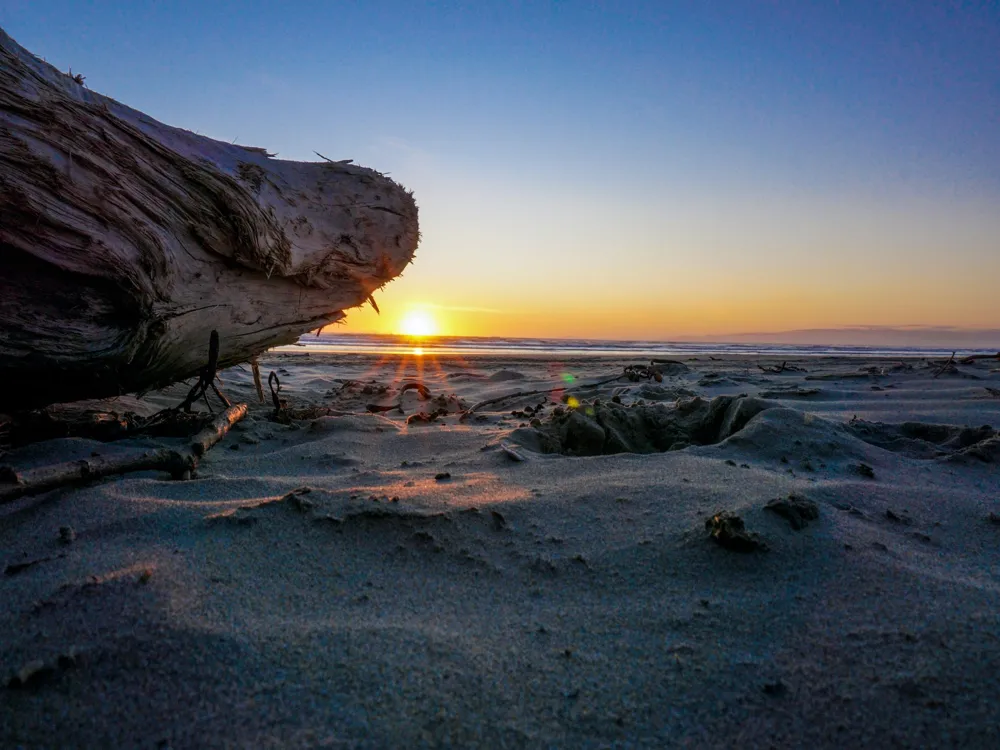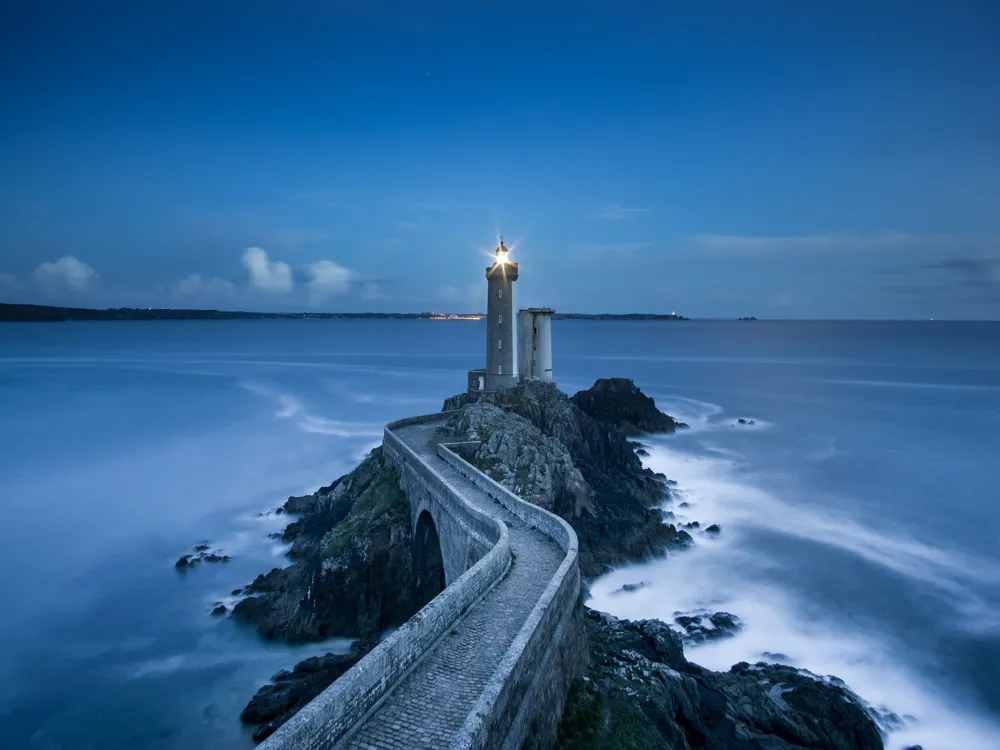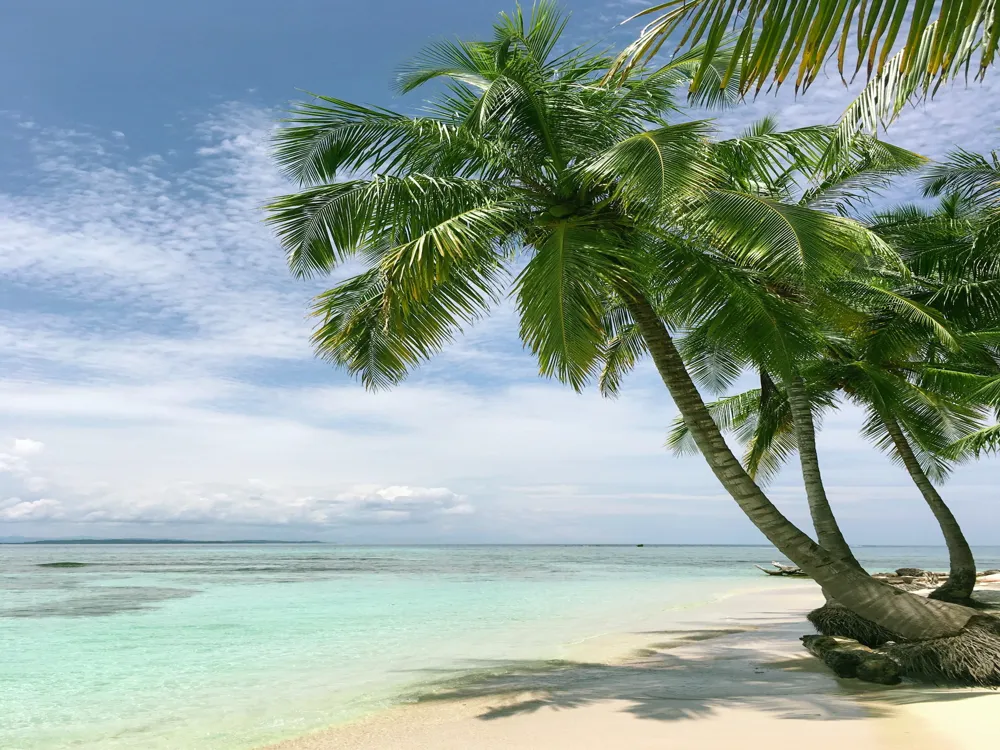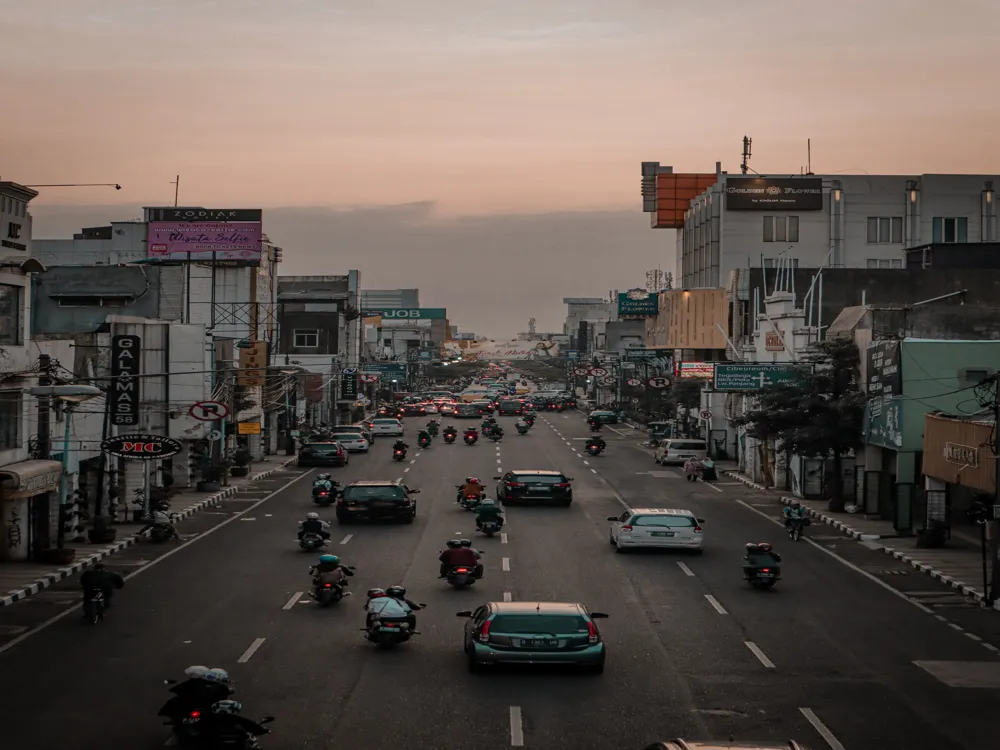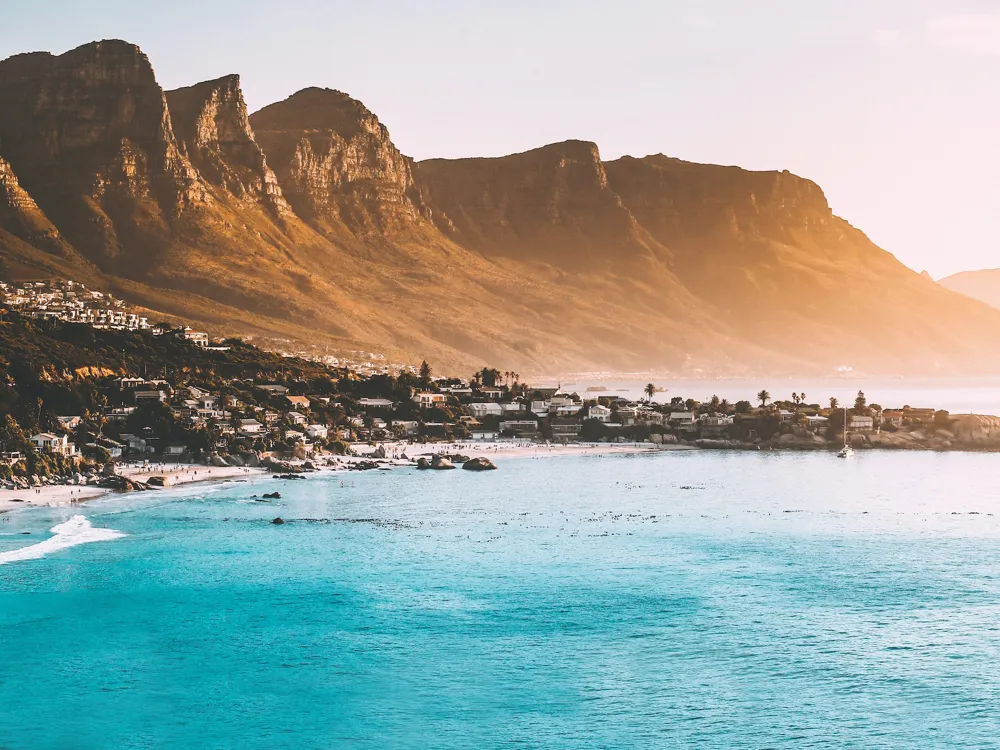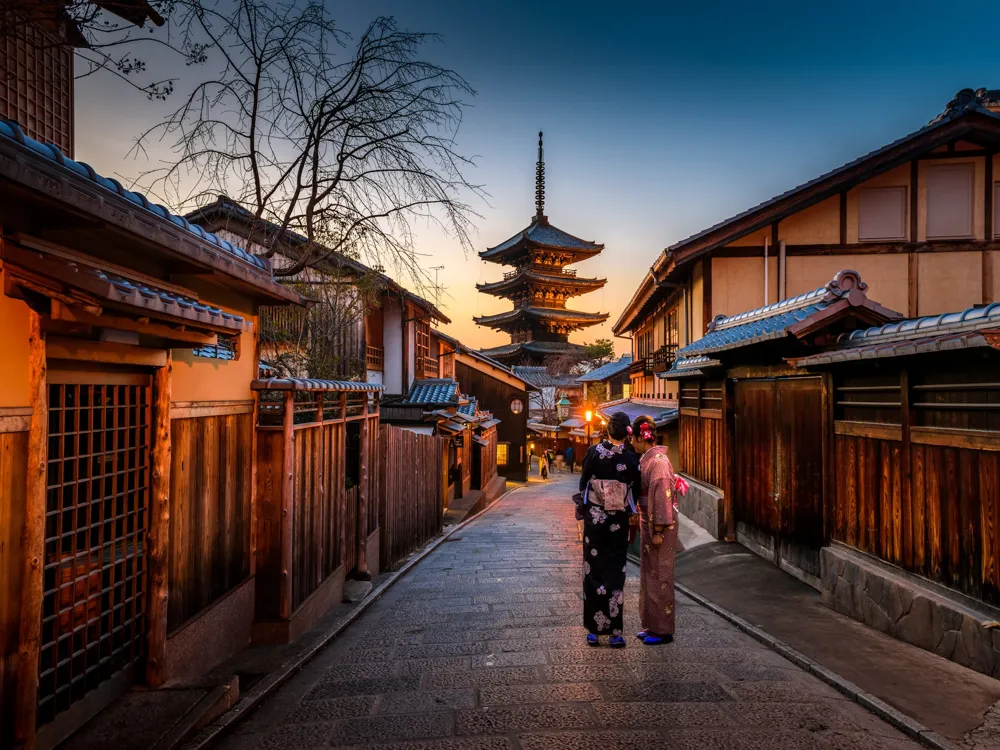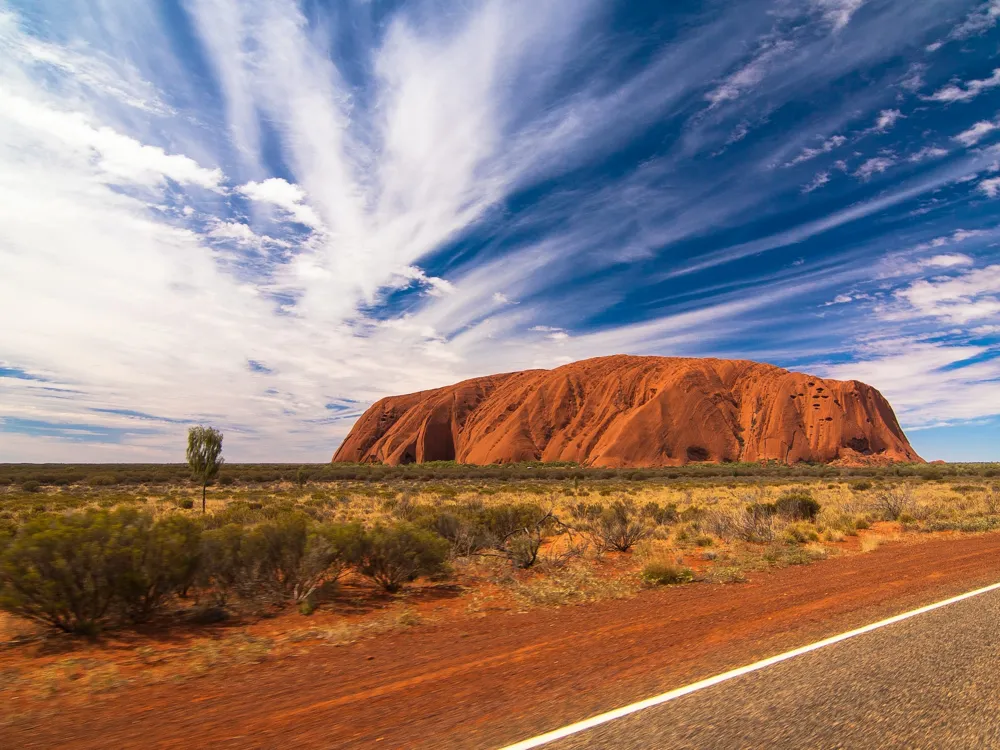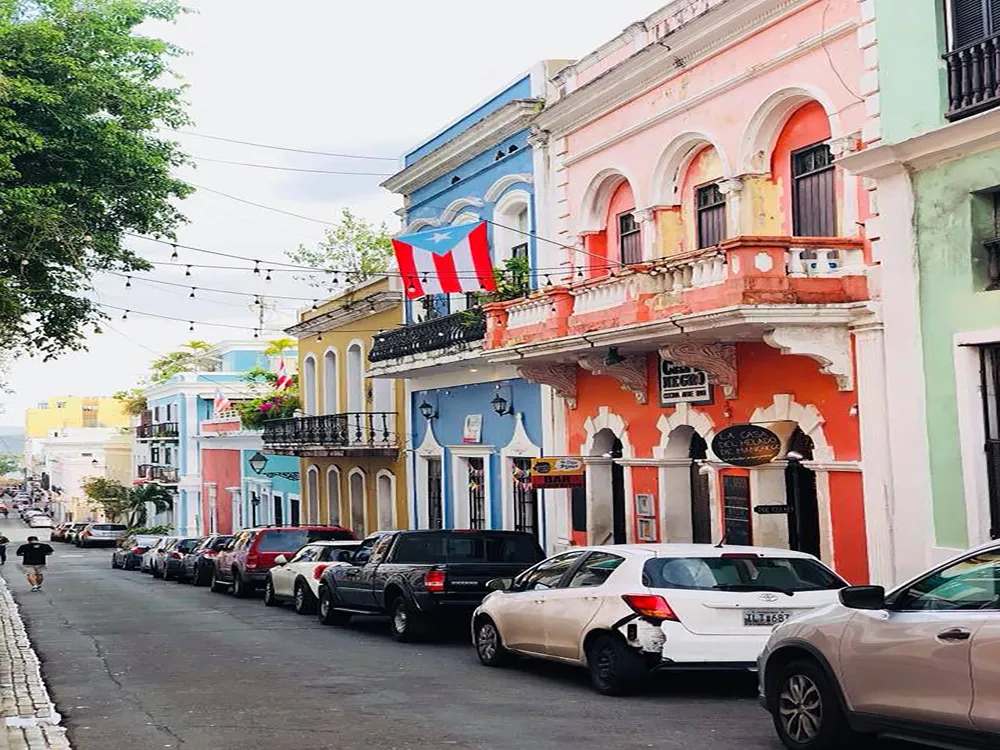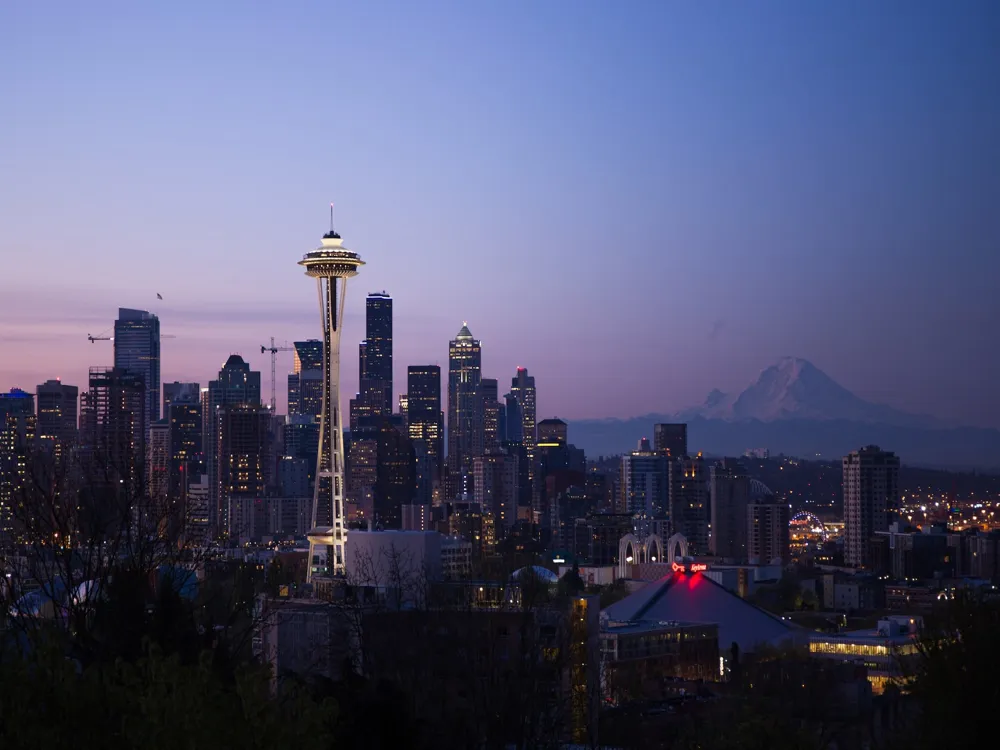Best Time to Visit Invercargill
New Zealand
3 out of 52 Places to visit in New ZealandNaN onwards View Packages
Get Customized PackagesThe Land of Diversity
Top Hotel Collections

Private Pool

Luxury Hotels

5-Star Hotels

Pet Friendly
What is the Best Time to Visit Invercargill?
Invercargill, nestled in the southernmost part of New Zealand, boasts a unique charm throughout the year. Determining the best time to visit this enchanting city requires a keen understanding of its diverse seasons. Let's delve into the intricacies of Invercargill's climate, uncovering the nuances that make each period special.
More about Best Time to Travel to Invercargill
Travel Peak Season in Invercargill
The peak season in Invercargill unfolds during the summer months, from December to February. With temperatures ranging from 15 to 25 degrees Celsius, this period attracts travelers seeking warm weather and outdoor adventures. From vibrant festivals to blooming gardens, Invercargill comes alive, offering a plethora of activities for visitors to enjoy.
Travel Offseason in Invercargill
For those who prefer a quieter and more budget-friendly experience, the offseason in Invercargill, spanning from June to August, is the perfect choice. While temperatures can drop to 5 degrees Celsius, the city's charm persists. Fewer crowds mean more personalized exploration, allowing you to appreciate Invercargill's cultural and historical treasures without the hustle and bustle.
Invercargill Travel Packages
View All Packages For Invercargill
Invercargill in Shoulder Season
Embracing the transitional periods of spring (September to November) and autumn (March to May), the shoulder seasons in Invercargill offer a delightful blend of favorable weather and fewer tourists. Mild temperatures ranging from 10 to 20 degrees Celsius create an idyllic setting for outdoor enthusiasts and culture seekers alike.
Invercargill in Hot Season
During the hot season, from December to February, Invercargill experiences its peak tourism. The city's vibrant atmosphere, coupled with pleasant temperatures, attracts visitors from around the globe. It's the ideal time for exploring outdoor attractions, including the renowned Queens Park and Oreti Beach.
Invercargill in Rainy Season
From March to May, Invercargill experiences its rainy season. While precipitation is higher during this period, ranging from light drizzles to occasional downpours, the city's charm remains intact. Pack your raincoat and explore the city's indoor attractions, including museums and galleries.
Invercargill in Cool Season
The cool season, spanning from June to August, unveils Invercargill's winter wonderland. With temperatures ranging from 0 to 10 degrees Celsius, this season appeals to those seeking a serene and picturesque experience. Take a stroll through snow-dusted streets and indulge in cozy moments at local cafes.
Places To Visit In Invercargill
Nearby Places Invercargill
Invercargill Photos
View All Photos For InvercargillBrowse Package Collections
Browse Hotel Collections
Faq
Q1: What is the ideal time to visit Invercargill?
A1: The best time to visit Invercargill is during the summer months, from December to February. This period offers pleasant temperatures, longer daylight hours, and a vibrant atmosphere for outdoor activities.
Q2: Are there specific events or festivals that make certain times of the year more appealing?
A2: Yes, the summer season hosts various events, including the Burt Munro Challenge in February, attracting motorcycle enthusiasts. Additionally, the Southland Festival of the Arts in April showcases the region's cultural vibrancy.
Q3: How is the weather during the recommended period?
A3: Summer in Invercargill brings mild temperatures ranging from 10 to 20 degrees Celsius (50 to 68 degrees Fahrenheit). It's generally drier, making it favorable for exploring the city and its surrounding natural beauty.
Q4: Is wildlife viewing a consideration when planning a visit?
A4: Absolutely! Invercargill is close to the Catlins, known for its diverse wildlife. Summer is an excellent time for spotting seals, sea lions, and native birds along the coast and in the forests.
Q5: What about winter? Is it a suitable time to visit?
A5: While winter (June to August) can be cold and damp, it has its charm. The winter landscapes are stunning, and it's a quieter time to explore if you don't mind cooler temperatures.



